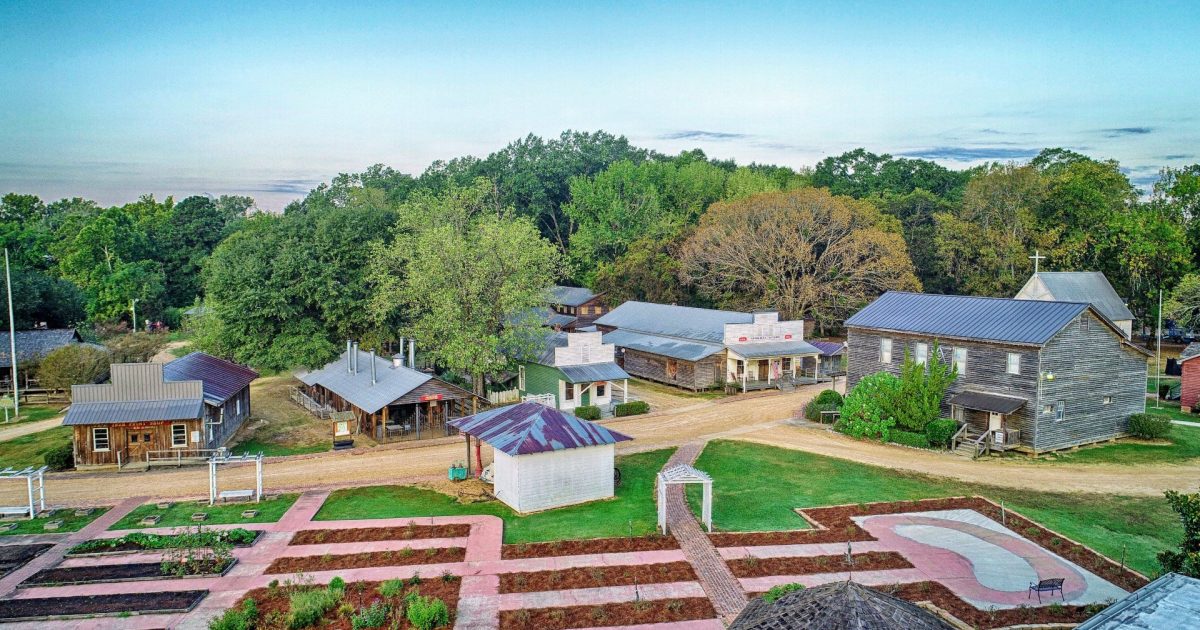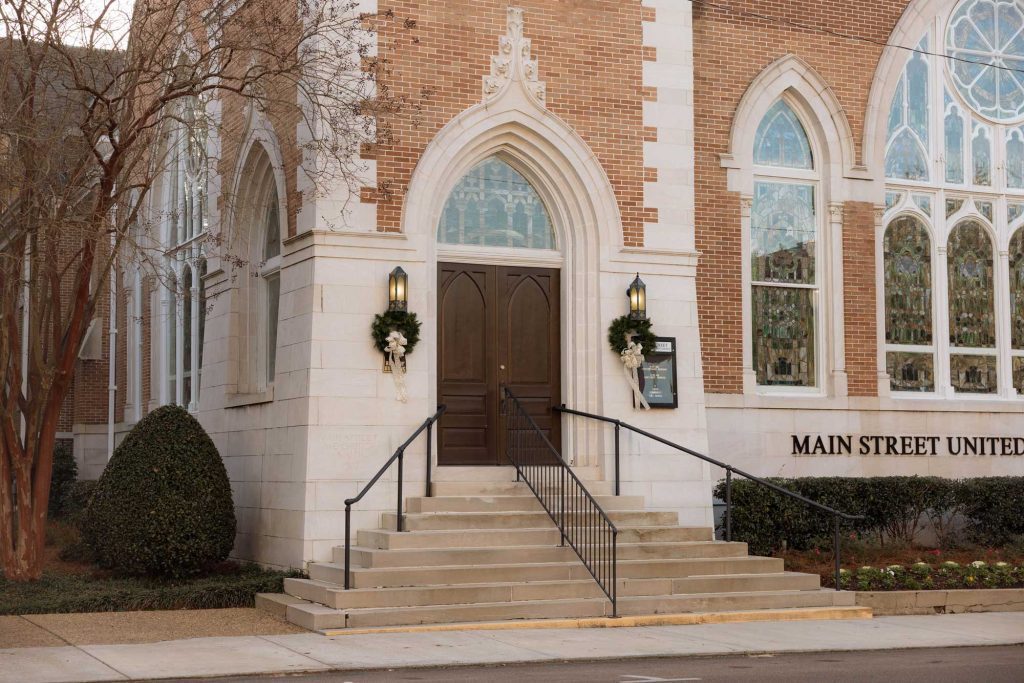
Looking for an economical outing for the whole family? The Mississippi Ag Museum might have just what you need.
For anyone who wants a real snapshot of the Hospitality state of old, a trip to the Mississippi Agriculture and Forestry Museum in Jackson is a must.
In 1969, then Mississippi Agricultural Commissioner Jim Buck Ross saw a need to preserve the state’s agricultural history, so he began his petition of the state legislature to start a museum. Though he didn’t initially get what he needed for building the museum, Ross started collecting artifacts anyway, refusing to give up.
Nearly a decade later, the City of Jackson donated the 39 acre plot of land, formerly a city dump site, to house the museum. It took $3 million to bring the museum into fruition–half from the State legislature, half raised through the private sector and the Museum foundation.
When the museum did finally open, it was initially named the Jim Buck Ross Agricultural Museum, and later the name changed to the Mississippi Agriculture and Forestry Museum, though many call it The Ag Museum.
What You’ll See
The experience begins as soon as you step onto the grounds from the parking lot. Walking along the wooden path, shaded by carefully protected native foliage, you start to leave modern Mississippi behind as the Small Town exhibit comes into view.
A living history farm, complete with the nation’s oldest working cotton gin, illustrates the humble, but hardworking, beginnings of the Mississippi farming industry. The 39 acre museum also holds a nature trail, a children’s barnyard, a railroad museum, and an aviation museum; all of which hold something special that you won’t find anywhere else in the state.
The Fortenberry-Parkman Farmstead is originally a farmstead from Jefferson Davis County. The farmhouse exhibits the resourcefulness of the Mississippi farmer. Just buying another home and moving wasn’t an option for the poor farmer; so when you walk through the home, you see add-ons that were made to house the family of seven. This farmstead is part of the living history one can only find at the Ag Museum–complete with chickens and cows.
A small lumber working area rests behind the farm and it still serves a function at the Ag Museum. Felled logs are often donated to the museum, and the small lumberyard is where the wood is processed and used to make repairs on the property, just like the 1890s Mississippi farmer would have had to do.
The Bisland Cotton gin neighbors the farmstead and is the oldest working cotton gin in the United States. Cotton was the lifeblood of the Mississippi economy at one time,, and is still a booming $676 million dollar industry in the state today. While the gin doesn’t work daily anymore, you’ll find it working beautifully during Harvest Fest. The festival is hosted in November every year, and kids get a kick out of playing in the pieces of cotton that come snowing down.
The Nature Trail serves as an educational space with an outdoor classroom and highlights some of the vital environmental elements that the agriculture industry depends on. Now, one doesn’t usually think of seeing nature from a historical view, because it’s here and now. That’s why the trail also has the state’s only Chronolog location. Thanks to this station, anyone can snap a picture of the nature trail at any time, and then view a timelapse of the changes that come throughout the seasons.
The Exhibit Barn and the Children’s Barnyard are often family favorites with livestock that adore the attention of people passing by. Turkeys, goats, sheep, and chickens bring life to the barnyard—especially the more spoiled baby goats who will cry out for attention as you pass by. The Exhibit Barn showcases tractors and other farm equipment–making for perfect photo ops and climbing opportunities for the kids.
Small Town, Mississippi transports you to the days of old, with everything you’d expect to find in a 1920s crossroads town. The town holds a church, a print shop, a doctor’s office, a working general store, a school, and a filling station. Small Town gives you a peek at what life was like as key developments were made in the railroad, automobile, agriculture and forestry industries.
The Heritage Center houses several exhibits outlining the evolution of agriculture and forestry from the earliest practices of the Choctaw tribes to modern day catfish farming. Once you’ve walked through the history of agriculture and forestry in the Magnolia State, you’ll get an interactive view of the railroad boom. Three interactive railroad exhibits showcase the livelihood the railroad industry brought to the state via steam locomotives through the 1960s and 1970s.
The National Agriculture Aviation Museum is also located in the Heritage Center. The exhibit outlines 100 years of agricultural aviation, with planes, engines, and an interactive digital gallery introducing the men behind the developments.
What You’ll Do
The museum itself provides hours of entertainment, but it takes on new life during its many annual events.
The summer’s biggest hit is Pickle Fest, a day-long festival of music, contests, vendors, and all things fermented. The Mississippi Pickle Festival will be June 10 from 3pm to 8pm, with $12 admission for ages 3 and up.
Pumpkin Adventure runs throughout the week and Saturdays in October. This fall festival has a hayride, cookies and milk, a museum tour and a trip through the pumpkin patch for a take-home pumpkin.
Harvest Fest has been a museum staple for years. The Farmstead and Small Town, Mississippi erupt with life as people come to forge metal goods, spin wool into thread, churn their own butter—and the cotton gin is running with bits of cotton falling from the sky like snow.
Homestead for the Holidays wraps up the annual events in December. Once again, history repeats itself for a taste of a farmer’s Christmas with decor, activities, and more.
To plan your visit to the Mississippi Ag Museum, visit msagmuseum.org.











